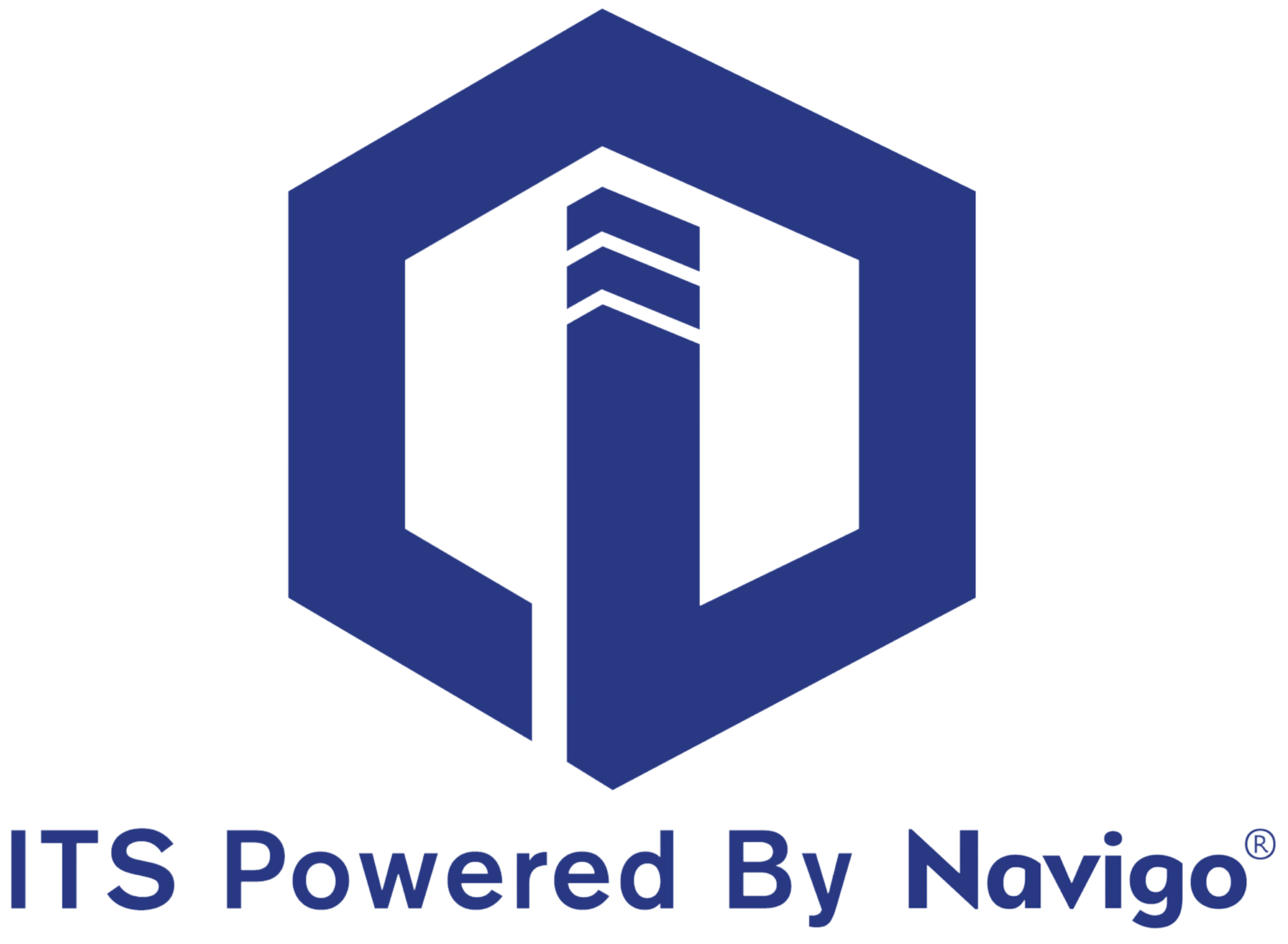Headquarters
7150 Columbia Gateway Drive, Suite L, Columbia, MD 21046
New York Location
112 West 34th Street, 18th floor, Room 18025 New York, NY 10001

In the modern era of technological advancement, even the most traditional spaces are undergoing digital transformation. Multi-tenant buildings, which often house diverse businesses and services, are no exception. The evolution from static directories to dynamic digital directories is reshaping the way tenants and visitors interact with these complexes. Let's explore the benefits of digital directories in multi-tenant buildings and outline a smooth transition process from static to digital.
1. Enhancing User Experience
Digital directories bring a new level of interactivity and convenience to multi-tenant buildings. Unlike static directories, digital versions offer touchscreens or interactive displays that allow users to search for tenants, view floor plans, and even digital wayfinding, getting directions to specific locations within the building. This enhanced user experience not only makes navigation easier but also creates a lasting positive impression.
2. Real-Time Updates:
Static directories often struggle to keep up with changes in tenant occupancy or business names. Digital directories, on the other hand, offer real-time updates. When a new business moves in or an existing one rebrands, the digital directory can be swiftly updated to reflect the latest information. This accuracy prevents confusion and provides up-to-date details for visitors.
3. Space Optimization:
Digital directories contribute to efficient space utilization in multi-tenant buildings. These displays can showcase a multitude of businesses and services without consuming excessive physical space. This is particularly valuable in smaller lobbies or areas where static directories would be limited in their capacity to showcase all tenants.
4. Dynamic Content:
The transition to digital directories opens the door to dynamic content presentation. Alongside tenant listings, building management can showcase promotional content, upcoming events, or even advertisements for services within the building. This interactive advertising can generate additional revenue streams for the building owner or manager.
5. Sustainability and Cost Savings:
Traditional static directories require regular reprinting and replacement, incurring ongoing material and printing costs. Digital directories significantly reduce these expenses and contribute to a more sustainable environment by eliminating paper waste. While the initial investment in digital displays and infrastructure is higher, the long-term cost savings are substantial.
Transitioning from static to digital directories requires careful planning and execution. Here's a step-by-step guide to ensure a smooth shift:
Assessment: Begin by evaluating your building's needs and budget. Determine the optimal locations for digital displays based on foot traffic and visibility.
Technology Selection: Choose suitable digital directory displays that match the building's aesthetics and requirements. Consider factors such as screen size, touch functionality, and connectivity options.
Content Creation: Create engaging and visually appealing content that includes tenant listings, logos, and floor plans. Ensure that the design is user-friendly and intuitive.
Software and Connectivity: Select user-friendly digital signage software that allows easy content updates and remote management. Ensure a reliable network connection for seamless operation.
Installation and Testing: Professional installation is key to ensuring proper functionality and aesthetics. Thoroughly test the displays, touch functionality, and connectivity before launch.
Training: Educate building staff on how to operate and update the digital directories. Provide guidance on content management and troubleshooting.
Launch and Maintenance: Introduce the digital directories to tenants and visitors, highlighting the new features and benefits. Establish a maintenance schedule to address any technical issues promptly.
In conclusion, the transition from static to digital directories in multi-tenant buildings is a transformative step that enriches user experiences, improves information accuracy, and contributes to sustainable practices. By embracing the capabilities of digital displays, building owners and managers can streamline navigation, enhance engagement, and create a modern and efficient environment that meets the evolving needs of tenants and visitors alike.
Explore itouchinc.com for more information on our solutions or contact us for needs unique to your property or project.
7150 Columbia Gateway Drive, Suite L, Columbia, MD 21046
112 West 34th Street, 18th floor, Room 18025 New York, NY 10001
Toll-Free
Phone
© Copyright 2025 ITS, Inc. All rights reserved.
Stay in touch with the latest news and updates from ITS, Inc.
7150 Columbia Gateway Drive, Suite L
Columbia, MD 21046
112 West 34th Street, 18-025
New York, NY 10001